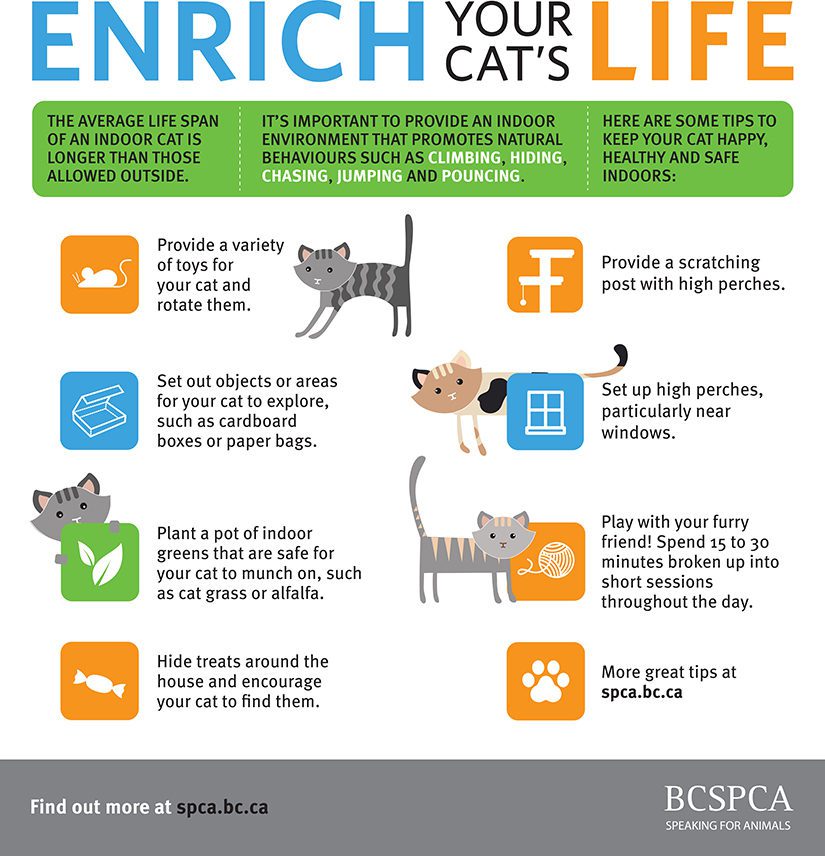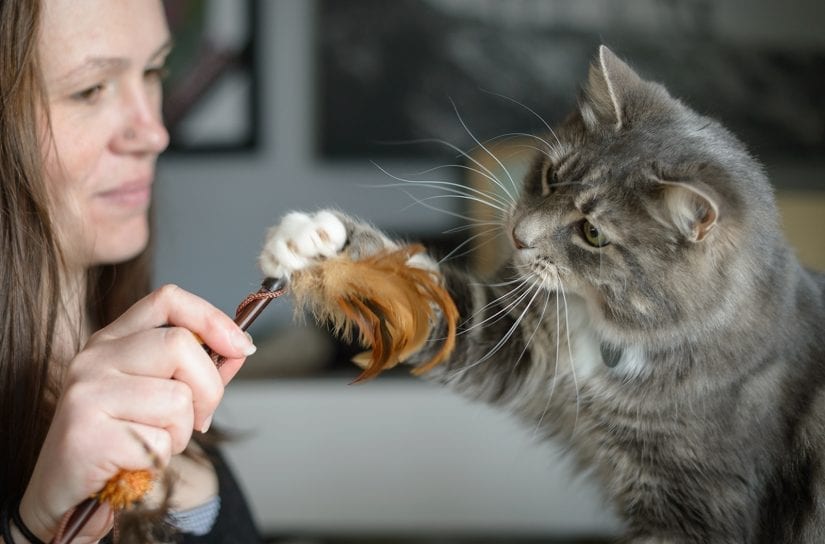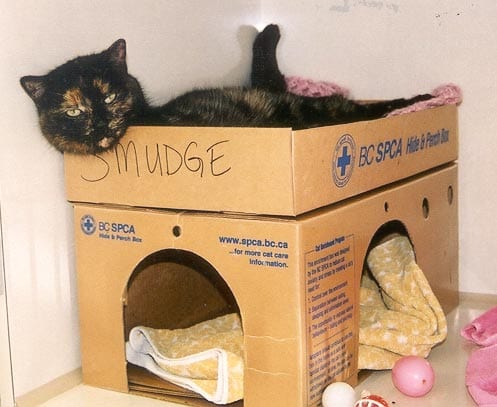Pet care & behaviour
Cats have long been relied on to protect our homes and our pantries from rodents. In fact, for many folks, their role as mousers is a given — it’s just “what cats do.”
Looking at the science, however, the picture that emerges is not quite so clear. There are a number of things to consider when it comes to using cats for rodent control.
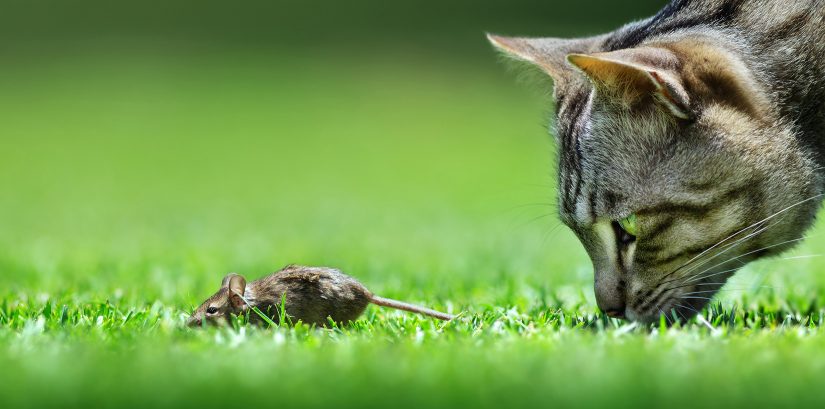
Cats may be not be hunting rodents
As kittens, cats learn hunting skills from their mother and, as they grow up, they tend to choose the same prey she did. This means that cats often specialize in certain types of prey, which could include a preference for birds over mice and rats, for example. Moreover, being more skillful in catching one type of prey doesn’t necessarily translate into better hunting skills overall.
At the end of the day, cats display remarkable individuality in how and what they hunt.
Cats may avoid hunting rats
Every time they hunt, cats are taking a risk. After all, a bite from a rodent or a peck from a bird could lead to infection or even permanent injury. Furthermore, the larger the prey, the less likely cats are able to make a kill. Because rats are pretty sizeable, cats can actually be fearful of them and reluctant to prey on them.
Rats may learn to avoid cats
Research suggests that rats and cats may actually be able to share the same space. From a human perspective, it can seem like there are fewer rats around when in fact they’re simply shifting their movements in response to a cat’s presence.
Cats are not very humane predators
Cats are known to ‘play’ with their food. This is thought to be related to their fear of being injured by their prey, and is likely terrifying to the animal being toyed with.
Of course, not all predation attempts end in a kill. Many animals escape with injuries, some of which are severe enough to cause death later on. In a study of one wildlife rehabilitation centre, cats were found to be the second greatest cause of bird mortality and fourth greatest cause of mammal mortality.
Cats who hunt rodents may be poisoned
Rodenticides, commonly used for rodent control, cause a slow and painful death. Cats can easily suffer the effects of poison from eating poisoned mice or rats.
Secondary poisoning is not the only risk that outdoor cats face. While it’s true that cats are predators, they’re also a prey species. Being outdoors renders them vulnerable to attacks from wild animals such as coyotes. Other risks they face outdoors include vehicles, fights with other cats, diseases and parasites, and frostbite.
Humane rodent control
Ultimately, humans are the ones responsible for drawing mice and rats in by providing easy-to-access sources of shelter and food. Taking steps to rodent-proof our homes means that we won’t need to rely as much on cats or other lethal methods to keep them at bay.
Find out more about humane rodent control.
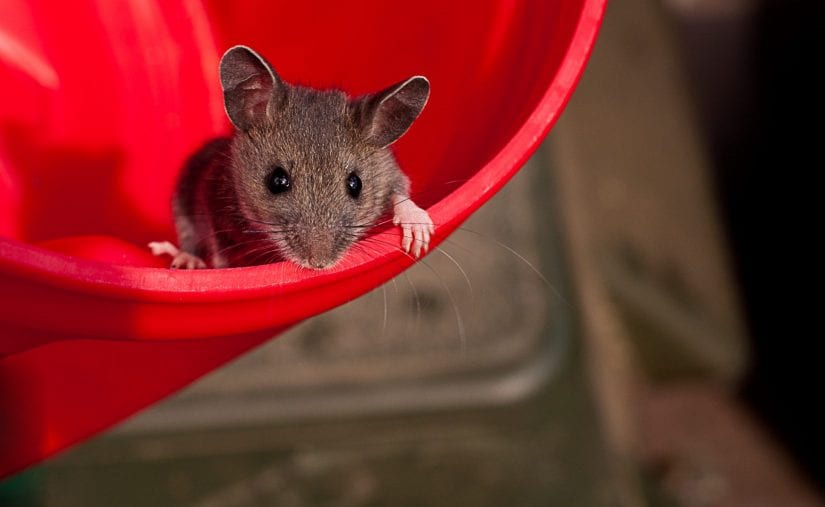
Cats are wonderful companions. Each has a unique personality – just like people!
Some are shy and quiet while others are outgoing and social; but no matter the personality of your cat, they always rely on you as a guardian to provide a good home with what they need to be happy. Remember, a healthy cat is a happy cat!
Typical life span for a cat
- 13 – 20 years
How to keep your cat happy and healthy
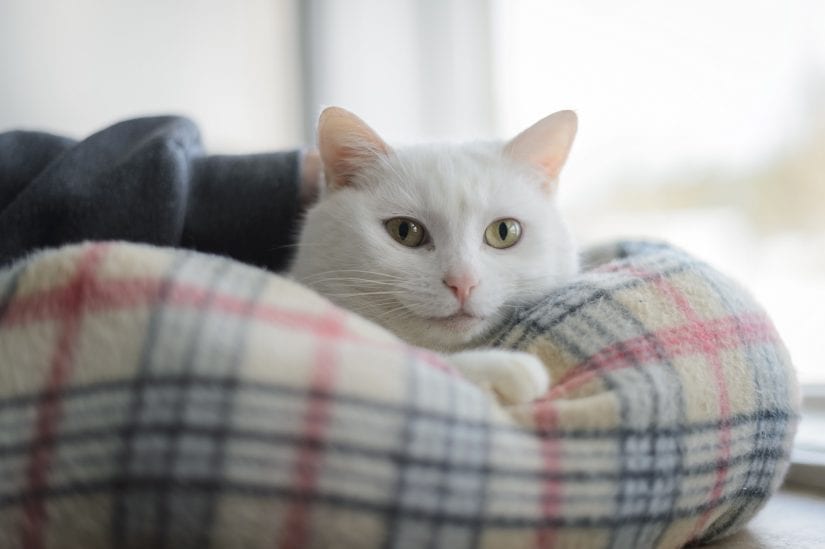
Cat food and feeding
Kittens need good quality kitten food when they’re weaned. Adult cats do best on a mixture of good quality dry kibble and canned food. Feeding guidelines provided on the bag can help you determine how much your kitten or cat should eat in a day.
It is common for most cats to eat two to three meals a day. Feed the last meal of the day right before bedtime. An adult cat will sleep throughout the night. Kittens may need more meals a day.
Some cats need special diets. Ask your vet for a recommendation for your cat.
Your cat must have access to fresh water all the time. Change the water daily and wash out the bowl regularly.
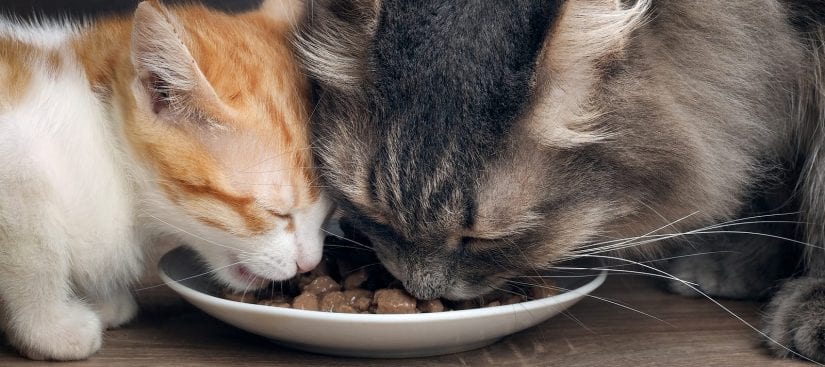
Cat grooming, teeth and nail trimming
Choose a pet service business that prioritizes your cat’s welfare. Learn what to ask so you can confidently choose the right pet care provider.
Grooming
Brush your cat on a regular basis, especially if they are long-haired. Regular brushing prevents hair from matting and removes loose hair. It also will help with hairballs.
Teeth
To keep your cat’s teeth healthy and tartar free, they need to be brushed daily. Buy a special toothpaste and finger brush from your local pet supply store or at your vet clinic. Do not use human toothpaste.
Nails
Nails need regular trimming, usually once a month or as needed. Take care not to cut the blood vessel (the quick) that runs through each nail. Cats who go outside do not need their nails trimmed. They need their nails to climb and defend themselves. If you prefer not to cut your own cat’s nails, a veterinarian can do this for you for a small fee.
Declawing cats
The practice of declawing cats is banned in B.C., unless it is necessary as an appropriate medical therapy. It is also banned in Australia, New Zealand, Israel, Brazil, the United Kingdom, parts of Europe and some cities in California.
Cats’ nails are not like fingernails — they’re attached to the bone. Declawing is a serious surgery. It’s like removing a part of your finger at the knuckle.
Read the BC SPCA Position Statement on Cosmetic and Other Non-Therapeutic Alterations (PDF).
*If your cat is scratching furniture, learn what to do.
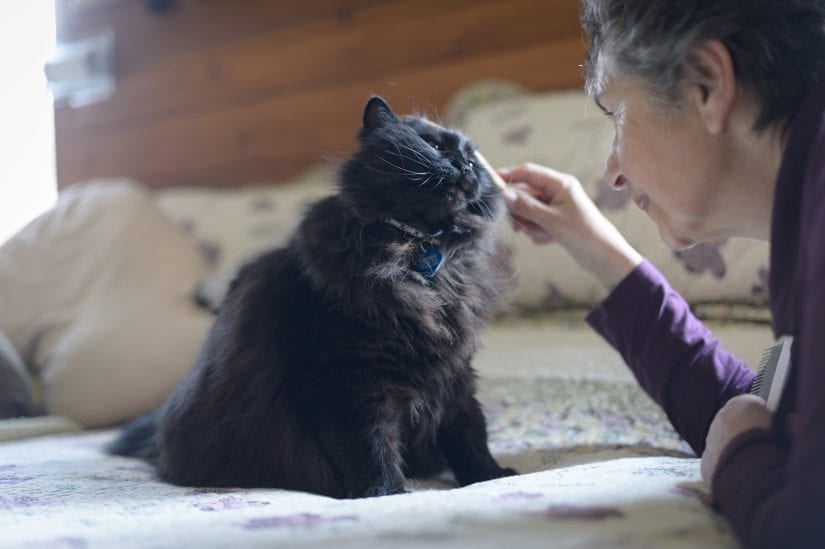
Identification (ID) for your cat
Nobody plans to lose a pet. Prepare for the unexpected and ensure your cat has two forms of identification.
Indoor cats vs outdoor cats
The BC SPCA recommends that cats be indoors, however, some cats get frustrated indoors and may enjoy outdoor time. Whether you choose to let your cat out or keep them in, know how to provide them with the best environment to keep them happy and safe.
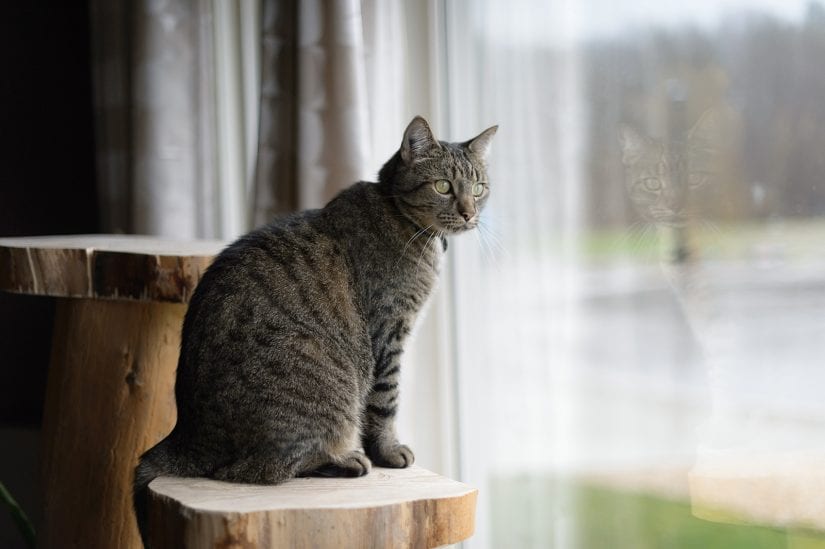
Medical care is important for your cat
Take your cat to see a vet when you first get your cat. After the initial visit with the vet, you may only need to go back once a year for a check-up and vaccinations. Kittens will need to go back more often at first for vaccines.
It is also important to have your pet spayed or neutered to prevent unwanted litters. There are also many behavioural and health benefits to sterilization. Learn more about the benefits of spaying or neutering your pet.
Over time, watch for lumps and bumps on your pet. Also pay attention to signs of your cat not eating or a change in their behaviour. If you notice anything different talk to your vet.
Find a veterinarian in your area.
Learn how to make your kitten or cat’s vet visit less stressful.
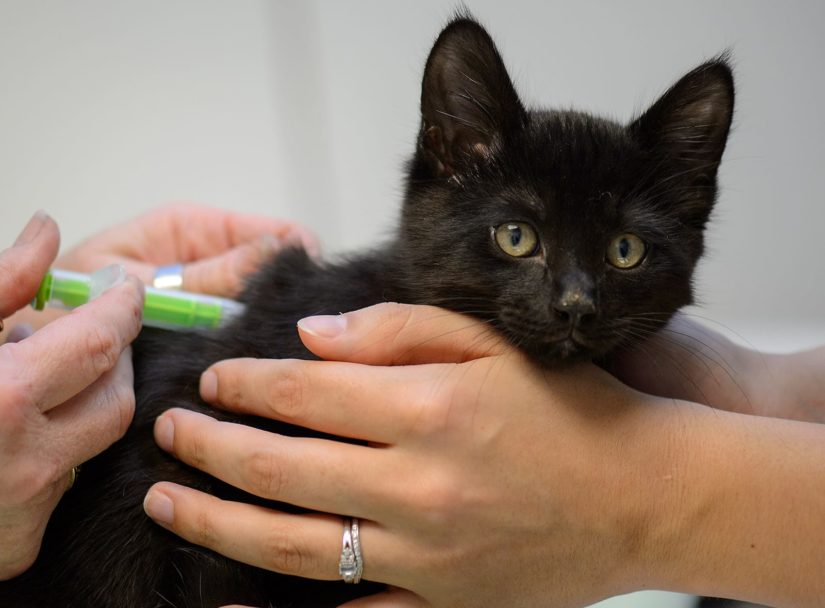
Playtime is a special time with your cat
Cats love to play, explore, run around, use a scratching post and spend time with you. These are all essential activities for cats. Set up your home so your cat can explore, run and scratch on a scratching post.
Make time in your day to play with your cat with a variety of toys, rather than your hands. Learn what to do if your cat or kitten is biting and scratching your hands.
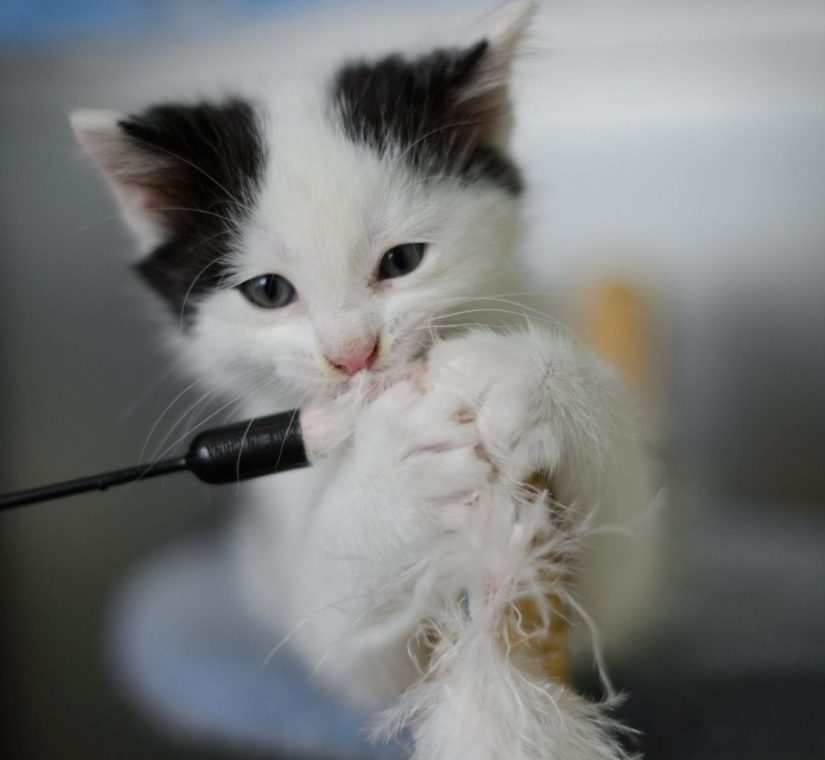
Further resources for cat care and behaviour issues:
Welcoming a new cat into your home
Introducing your new cat to your resident cat
We have that covered
Don’t worry about bringing a carrier or something to take your cat home in. We provide what is called a Hide, Perch & Go™ box for you to take your kitty home in.

What is a Hide, Perch & Go™ box?
To help cats cope with the stress of being in an animal care centre, the BC SPCA developed the Hide, Perch & Go™ box. The box provides cats with more control over their limited environment. The box allows them to express behaviours such as hiding, perching and face rubbing (scent marking). All the natural cat behaviours that help reduce stress.
Hide, Perch & Go™ box helps lower a cat’s stress
As the box gets saturated with their own scent, cats feel safer and more at home. Taking their box home with them will help lower the stress from moving into a new home. New smells, people and furniture can make a cat anxious, stressed or scared. Something that has their scent and they’re familiar with will them adjust to their new home.
How does it work?
The box is designed so a cat can hide inside, perch on top and scratch or rub the sides of the box if they want. When you need to take your cat home from the animal centre, the box converts into a carrier. Once home you reassemble the box into a place where your new kitty can hide, perch, rub or scratch. And it isn’t something new, it’s something with their own scent on.
Putting Hide, Perch & Go™ box together
1. Take cat home
2. Open box and let cat out
3. Remove inside piece of box
4. Fold top flaps of box over
5. Attach inside piece on to top box
6. Place box near wall
7. Place bedding from animal centre in the box
Follow the same steps in reverse to turn your Hide, Perch and Go™ box back into a pet carrier.
Looking for a new cat? Visit the BC SPCA adoptable animals.
Work with animals and want to purchase Hide, Perch & Go™ boxes?
Find out how to order Hide, Perch & Go™ Boxes for your veterinary clinic, hospital or BC SPCA animal centre today!
To help cats cope with the stress of being at an animal centre, the BC SPCA developed the Hide, Perch & Go™ box. The box provides cats with more control over their limited environment and allows them to express behaviours such as hiding, perching and face rubbing (scent marking). All of these are natural cat behaviours that help reduce stress.
The Hide, Perch & Go™ box is included with the adoption of your new feline friend! Learn more.

The BC SPCA recommends that cats live indoors. Indoor cats have a longer life span than those that go outside. Whether you choose to let your cat out or keep them in, know how to provide them with the best environment to keep them happy and safe.
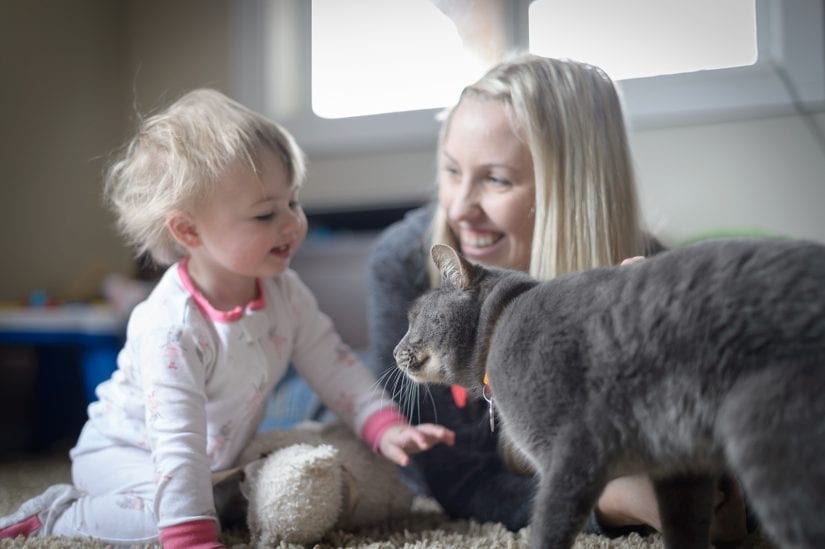
What’s the issue with indoor and outdoor cats?
Risks of letting your cat outdoors
- Other cats or dogs in the neighbourhood can cause injuries to your pet
- Busy streets and traffic can cause injury or death
- Exposure to contagious diseases and parasites
- Extreme weather issues
- Poisoning
- Pet theft
- Animal cruelty
- Eaten or injured by wildlife like coyotes, eagles or other predators
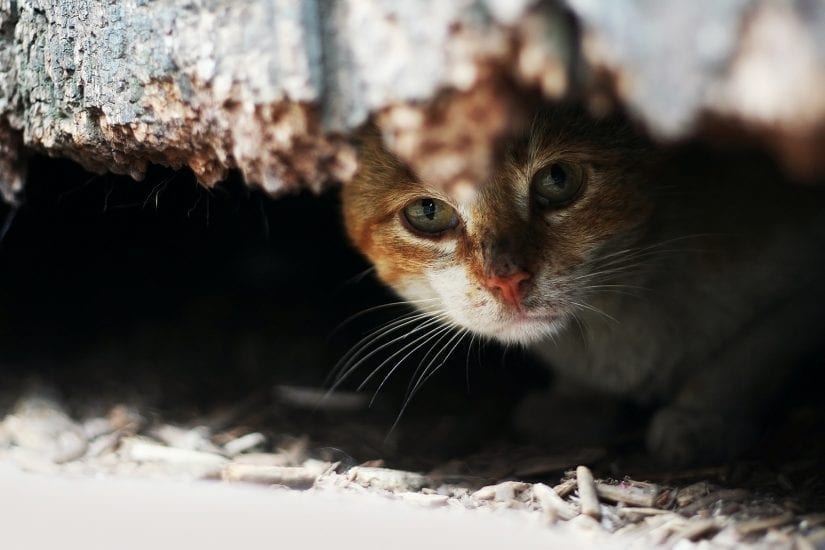
Outdoor roaming cats also cause
- Problems by digging in neighbour’s gardens
- Marking territory by spraying
- Prey on songbirds and other wildlife
Risks for indoor cats
- Depression
- Frustration
- Become lethargic if their environment does not provide enough stimulation
To prevent these issues, help your cat be a cat. Indoor cats need to do things in their home that let them hide, chase, climb, jump and pounce.
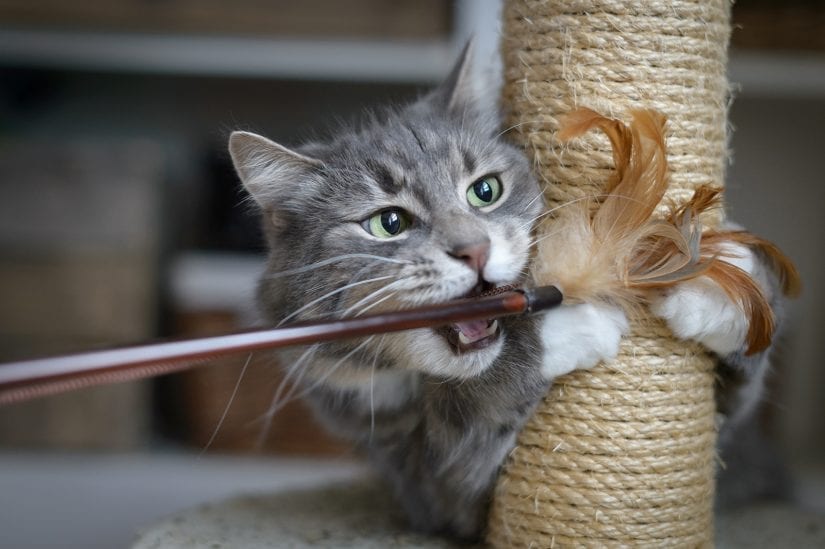
Tips to keep your cat happy, healthy and safe indoors
- Give your cat toys that are safe and stimulating.
- Use feathery and fake furry toys that move like small prey or toys filled with catnip.
- Rotate toys and new objects to ensure there’s always something novel
- Give your cat a scratching post with high perches. Put it near doorways or window.
- Spend time every day interacting with your cat. What does your cat like? Play or petting? Play with toys, games of chase and peek-a-boo. Train your cat.
- Cats need at least 15 to 30 minutes of play broken into short five minute sessions throughout the day.
- Plant a pot of indoor greens for your cat to munch on such as cat grass from seeds (oat, rye, wheat, barley) or catnip.
- Open screened windows to let fresh air in. Give her access to window ledges to sit on and look out at the world.
- Cats are auditory hunters. Be creative, get toys that make buzzing noises.
- Reward your cat when he hunts the sound.
- Use food puzzles! Cats normally have to work for their food through hunting. Food puzzles can be a nice substitute for hunting behaviour and provide lots of important cognitive stimulation for your kitty!
- Add a catio so your cat can go outside, keeping them and birds safe! And other safe outdoor access options.
- Provide multiple litter boxes of different sizes and litter types to do a preference test of what your cat likes best.
- Feed meals in smaller increments throughout the day to mimic hunting. Use enrichment feeding toys to make it a little more fun.
- Teach your cat to high five using positive reinforcement clicker training.

I want my cat to have some time outside
- Supervise your cat outdoors
- Train your cat to walk on a harness
- Build an enclosure outside to keep her safe
All cats need a collar and identification
Whether inside or out, your cat should always have a collar and ID tag as well as a tattoo or microchip. “Quick-release” or “break-away” collars with elastic are best. They’ll prevent your cat from getting tangled in branches or other objects.
We also recommend that you register your cat in the BC Pet Registry. This registration will enable any participating veterinarian, animal control agency or rescue group to identify the lost animal in their care and notify the guardians.
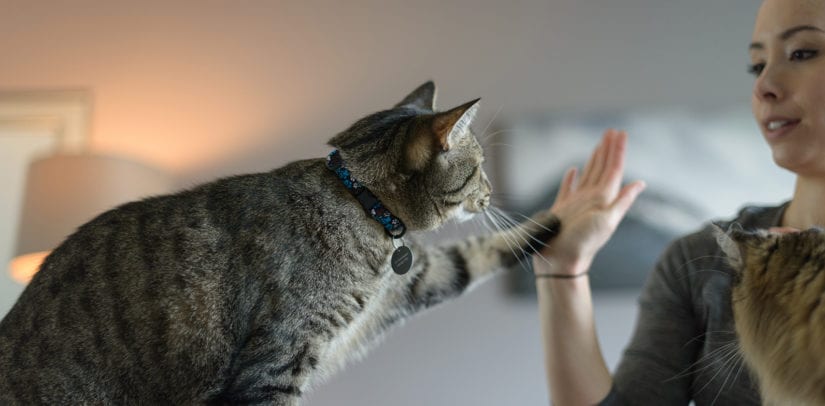
Tips to help keep your cat safe outside
Think about all the risks before deciding to let your cat go outside. It might be hard to change her habit of going out if you change your mind and want to keep her in.
- Train your cat to come back at a certain time every day by feeding her only then.
- Give your cat access to the inside of the house or a safe shelter near the house to escape other cats or dogs if one is chasing her.
- Train your cat to respond to a whistle by blowing the whistle every time you feed her or give her a treat. (Be careful as your cat may come running from across the street when she hears the whistle. You should not use the whistle unless you know it is safe).
- Talk to your vet about vaccines and parasite prevention.

Read more about indoor vs outdoor cats and how to enrich your cat’s life
Indoor versus outdoor – how to provide the best environment for your cat (PDF)
